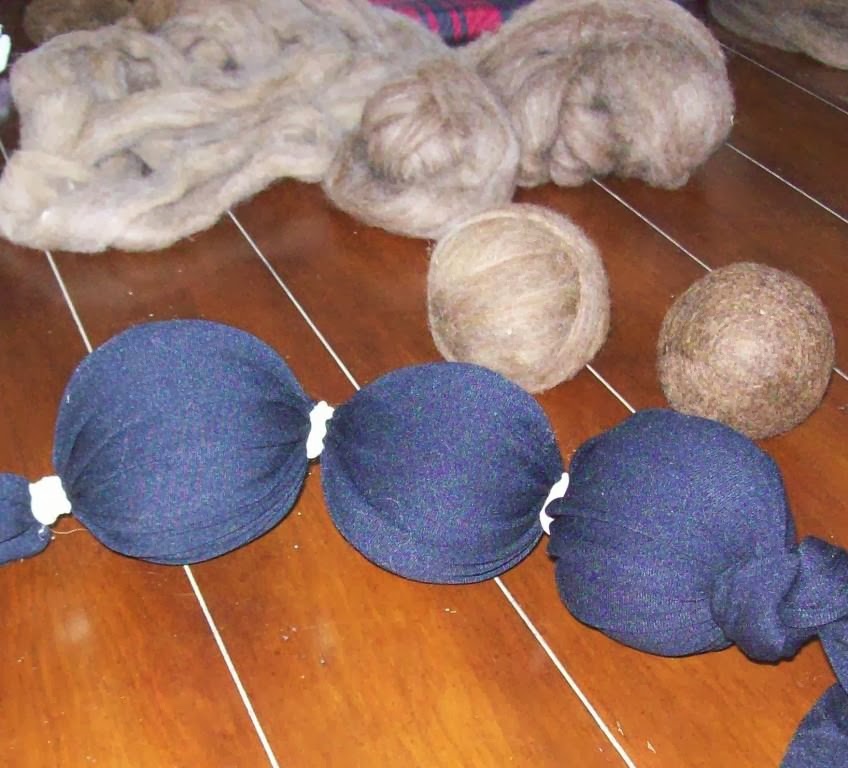As farmers, we've been told over and over, your #1 asset is your soil. It makes sense, the soil is the foundation of everything on this farm. For us and most sustainable livestock farmers the pastures feed our sheep by daily spring, summer, and fall gnashing and in the winter its fed as hay. That's all pretty straight forward, right.?
Prior to my farming life my familiarity with grass was only my own "city" lawn. The lawn that framed my house and defined my space....the lawn I had to mow. Almost every week-end in the summer I knew I'd be rolling out the self propelled grass eating machine to "manicure" my lawn. Just like everyone else in the neighborhood I kept my 9 to 5 schedule during the week knowing yard work, long moments with coffee and the religious newspaper experiences were all part of my upcoming, predictable, always looked forward to week-end. I don't recall ever worrying about the grass other then it's color or the number of dandelions that emerged. I probably could have done more to beautify my lawn but that wasn't my thing. I was all about my garden beds and the pots that adorned my entrance or patio. As long as my grass was "groomed" I didn't do much else to my lawn. My next door neighbor, now he was into it. Every evening after work he was ready to work some more... in his yard. His week-ends were spent fertilizing or amending something. He had the lawn! You know, the kind you imagine running barefoot through. Everyone knows the lawn I'm describing, like a green carpet with perfectly shaped edges.
I drove in and out of that neighborhood with all the perfectly manicured and aspiring to be lawns and never thought twice...it was all I'd ever known.
.....if I knew then what I know now.
As a farmer working directly with mother nature I see so much I never realized.
She speaks in so many visible ways.
Naturally, as grasses grow then die back with the seasons, the soil is replenished with decomposing nutrients and a layer of "mulch" for protection. If we mow the grass or take the grass for our livestock or "manicured" lawns we've robbed the soil of it's natural sources for replenishment . Simply put, "taking" the grass impacts the soil's fertility. Whether we mow a lawn or graze a pasture we are interrupting the natural process.
Because we depend on the grasses on our farm we learned very quickly the choices we had available to keep that grass healthy and growing! If we we're going to take her natural source of nutrient we had to give something back.
Our choices? Natural or Synthetic. The nutrients in both types of fertilizer are much the same. The differences lie in their source, quantity, availability to plants and long term effects on the micro life of the soil.
Natural fertilizers sources come from plants, animal waste and natural minerals. They also provide micro nutrients such as boron, copper, iron and manganese. Synthetic fertilizers contain nutrients made from fossil fuels.
See this beautiful pasture? Just as green and lush as you can imagine. It's kept that way at a tremendous expense. Every year the farmer applies synthetic fertilizers and every year it looks like this. What could be wrong with this? Just like my "city" neighbor applying all those synthetic fertilizers on his lawn, the results are gorgeous and we're conditioned to want them that way.
So golly, why not?
The synthetic fertilizers are like steroids, they feed the plant but interrupt the symbiotic relationship between the plant and the soil. The plant can no longer depend on the soil to feed it. Eventually, the grass, without another application of those same synthetic fertilizers won't even green. The natural flora of the soil is gone. Believe me, I've seen it, even on this same pasture not far from our farm.
Our other option and the only sustainable solution... we rebuild and/or replenish the soil with natural sources of nutrients.
Why isn't the natural solution the most chosen method?
First, we've been conditioned (brainwashed) to dependency on the commercially available options.
Second, it takes an investment of time and effort. It takes years of applying natural sources of nutrients back to your soil for the perfect balance to be achieved. It takes testing your soil to know what's absent. It takes sourcing the nutrients or in our case creating them from sources here on the farm. We collect the leaves and gather our kitchen scraps. We trek our barn waste to our collection areas along with all the other valuable waste materials and layer them together to age. In this way we build our own dark rich compost that we refer to as gold.
We apply that "gold" to our pastures and our soil has what it needs to do what mother nature intended...GROW GOOD STUFF!
So, it takes first admitting the need to do it for the health of our soils and ourselves and second the commitment to the investment of time and labor.
Are we willing to make that investment?
Can we afford not to?
Come out to our farm and see first hand how my immediate boss, Mother Nature, whispers in my ear, pokes me in the arm and sometimes slaps me upside the head...
As I write this post I feel proud that we've taken the time and ever prouder of that dark, rich, healthy soil we give back to our soils........





































